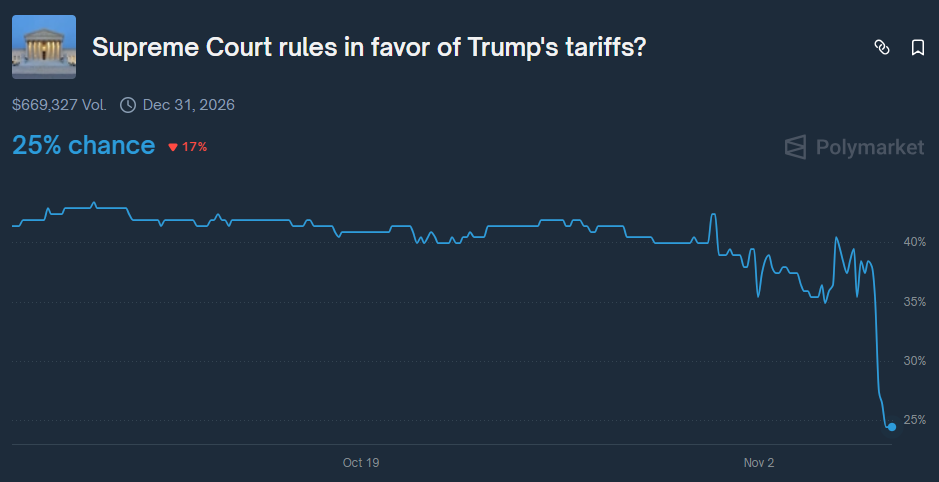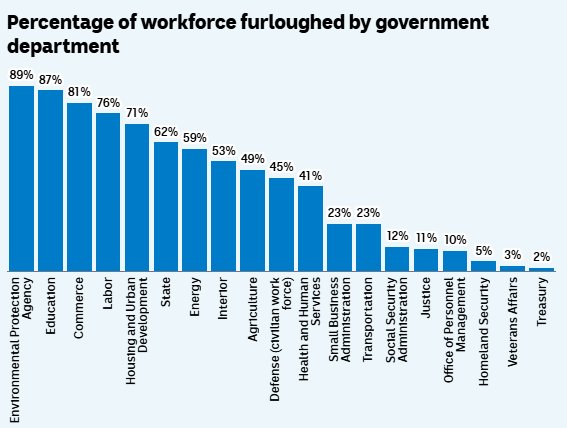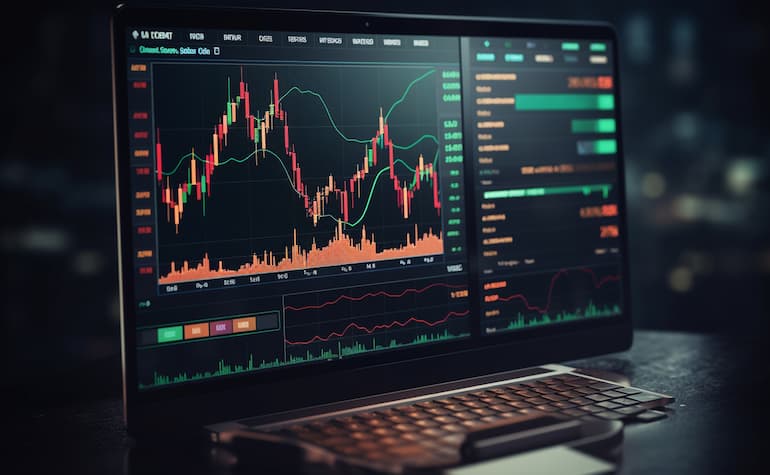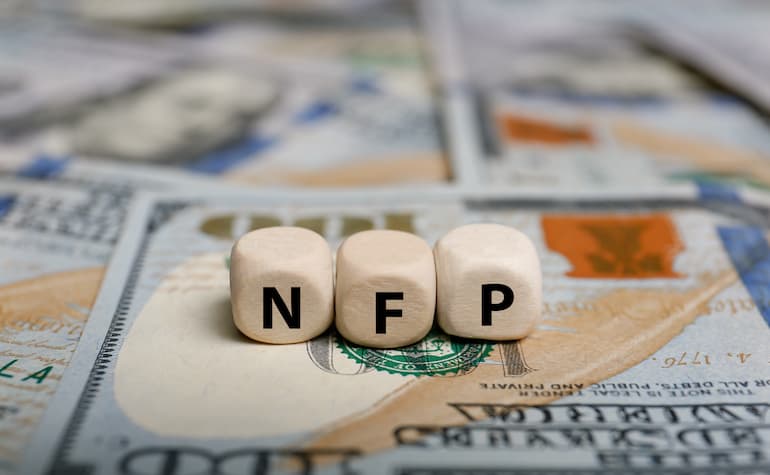市场资讯及洞察

Artificial intelligence stocks have begun to waver slightly, experiencing a selloff period in the first week of this month. The Nasdaq has fallen approximately 2%, wiping out around $500 billion in market value from top technology companies.

Palantir Technologies dropped nearly 8% despite beating Wall Street estimates and issuing strong guidance, highlighting growing investor concerns about stretched valuations in the AI sector.
Nvidia shares also fell roughly 4%, while the broader selloff extended to Asian markets, which experienced some of their sharpest declines since April.
Wall Street executives, including Morgan Stanley CEO Ted Pick and Goldman Sachs CEO David Solomon, warned of potential 10-20% drawdowns in equity markets over the coming year.
And Michael Burry, famous for predicting the 2008 housing crisis, recently revealed his $1.1 billion bet against both Nvidia and Palantir, further pushing the narrative that the AI rally may be overextended.
As we near 2026, the sentiment around AI is seemingly starting to shift, with investors beginning to seek evidence of tangible returns on the massive investments flowing into AI, rather than simply betting on future potential.
However, despite the recent turbulence, many are simply characterising this pullback as "healthy" profit-taking rather than a fundamental reassessment of AI's value.
Supreme Court Raises Doubts About Trump’s Tariffs
The US Supreme Court heard arguments overnight on the legality of President Donald Trump's "liberation day" tariffs, with judges from both sides of the political spectrum expressing scepticism about the presidential authority being claimed.
Trump has relied on a 1970s-era emergency law, the International Emergency Economic Powers Act (IEEPA), to impose sweeping tariffs on goods imported into the US.
At the centre of the case are two core questions: whether the IEEPA authorises these sweeping tariffs, and if so, whether Trump’s implementation is constitutional.
Chief Justice John Roberts and Justice Amy Coney Barrett indicated they may be inclined to strike down or curb the majority of the tariffs, while Justice Brett Kavanaugh questioned why no president before Trump had used this authority.
Prediction markets saw the probability of the court upholding the tariffs drop from 40% to 25% after the hearing.

The US government has collected $151 billion from customs duties in the second half of 2025 alone, a nearly 300% increase over the same period in 2024.
Should the court rule against the tariffs, potential refunds could reach approximately $100 billion.
The court has not indicated a date on which it will issue its final ruling, though the Trump administration has requested an expedited decision.
Shutdown Becomes Longest in US History
The US government shutdown entered its 36th day today, officially becoming the longest in history. It surpasses the previous 35-day record set during Trump's first term from December 2018 to January 2019.
The Senate has failed 14 times to advance spending legislation, falling short of the 60-vote supermajority by five votes in the most recent vote.
So far, approximately 670,000 federal employees have been furloughed, and 730,000 are currently working without pay. Over 1.3 million active-duty military personnel and 750,000 National Guard and reserve personnel are also working unpaid.

SNAP food stamp benefits ran out of funding on November 1 — something 42 million Americans rely on weekly. However, the Trump administration has committed to partial payments to subsidise the benefits, though delivery could take several weeks.
Flight disruptions have affected 3.2 million passengers, with staffing shortages hitting more than half of the nation's 30 major airports. Nearly 80% of New York's air traffic controllers are absent.
From a market perspective, each week of shutdown reduces GDP by approximately 0.1%. The Congressional Budget Office estimates the total cost of the shutdown will be between $7 billion and $14 billion, with the higher figure assuming an eight-week duration.
Consumer spending could drop by $30 billion if the eight-week duration is reached, according to White House economists, with potential GDP impacts of up to 2 percentage points total.


The new trading year kicked off with a dip in equities with Big Tech leading losses in Tuesday’s session, AAPL being the big loser after a downgrade from Barclays citing concern in iPhone demand. Yields and the USD ripped higher, the US Dollar Index having its biggest daily gain since March 2023. Crude oil capped off an interesting session with a pump and dump rollercoaster ride.
Charts To Watch: Apple - AAPL Apple stock fell 3.6% during Tuesdays New York session, it’s worst day since August. The dump came after Barclays downgraded the iPhone maker and lowered its price target on concerns of slowing iPhone sales, particularly in China. This saw the stock price gap down, erasing all of December’s gains and hitting a low of 183.89 before finding some bids and rebounding modestly.
US Dollar Index – DXY DXY surged on the first trading day of 2024, having its biggest up day since March 2023, there was little in the way of newsflow behind the move but more a result of a jump in yields and some oversold technicals that were amplified by a low volume session. DXY retaking the 200-day SMA and 102 handle, hitting a high of 102.22, the next test to the upside being the resistance around 102.57. Crude Oil – USOUSD The most interesting move today was in Crude Oil, initially surging in the APAC session amid growing Middle East tensions, only to dump at the start of the US session with no obvious catalyst.
Some souring of risk sentiment and a stronger USD seemingly the only drivers. USOUSD finishing the session just above 70 USD a barrel, with the major support at 67 the next level to watch to the downside.


Global markets chopped about in Tuesday’s session with no key data released with traders seemingly waiting on the sidelines for US CPI and a slew of bank earnings later in the week. Gold – XAUUSD XAUUSD rallied in Tuesdays APAC session testing the 2040 USD an ounce resistance level before a sharp drop as Europe opened saw drop to a low of 2026. This will be a key level to watch for the gold bulls with 2040 now establishing itself as a cap to further price increase.
AUDUSD The Aussie dollar took a hit on mixed risk sentiment, reversing modest gains made in the APAC session on a surprise beat in building approvals and above-forecast retail sales. AUDUSD losing the 0.67 handle and holding around 2024 lows. Ahead today AUDUSD traders will a CPI reading to navigate, with Year on year inflation expected to drop to 4.4% from last months reading of 4.9%.
Crude Oil – USOUSD Crude oil pared some of Mondays’ steep losses with Mid-East tensions continuing stoking supply concerns. USOUSD continuing to trade in its 2024 range of 70 support to the downside and 74 resistance to the upside. Geopolitical events currently being the main driver of crudes price action.
Ahead today with have Aussie CPI in the APAC session and BOE Governor Bailey speaking in the UK session.


USD was ultimately flat in a choppy session on Thursday after hotter-than-expected US CPI data. The US Dollar Index (DXY) hitting briefly breeching the resistance at 102.63 to hit a high of 102.76. This proved to be another false breakout of this level with DXY gradually retracing for the rest of the session to unchanged levels.
JPY outperformed, after an initial spike higher in USDJPY above 146 after the CPI reading, the retracement was more profound in this pair with it ultimately trading just above the psychological 145 level. A report did hit the newswires that said the BoJ is considering lowering its price outlook for FY2024 to the middle 2% range, though with dovish BoJ expectations being priced in it didn’t deter the Yen bulls. Risk sensitive currencies GBP and AUD had a mixed reaction.
GBPUSD making gains ahead of the UK GDP reading today. AUDUSD posting losses despite better than expected trade data that seemed to be interpreted as more evidence of a slowing Aussie economy. Gold again tested the 2040 USD an ounce resistance before a spike in the USD post CPI saw a steep decline to a low of 2013.
Early in the APAC session the Gold bulls look keen to test this level again with XAUUSD rebounding to around 2035. This will be a key level to watch for Gold traders.


USD ultimately ended lower on Monday with the US Dollar Index (DXY) first testing the resistance at 102.57 to the upside before reversing course to test the support at 102 to the downside. A risk on equity markets and some dovish developments. Data saw the NY Fed Survey show lower than expected inflation expectations.
There was also a dovish call from Bank of America regarding the Feds holdings of US Treasuries along with what was seen as dovish comments from Fed members Bostic and Logan all weighing on the Greenback. JPY bounced back against the USD after its weak start to 2024. USDJPY falling from highs of 144.92 to lows of 143.67 before finding some support.
Possible positioning before todays Tokyo CPI figure and a fall in US yields seemingly the drivers. CHF also saw decent gains against the USD and EUR after a hotter than expected December Swiss CPI print where the year-on-year inflation rate rose to 1.7% against an expected 1.5% Crude Oil prices were a big mover with USOUSD dropping almost 3% as a result of sharp price cuts by top exporter Saudi Arabia stoked demand fears. There was also a reported rise in OPEC output offsetting any supply worries generated by the ongoing tension in the Middle East.
USOUSD finding support at the 70 USD a barrel support level for now, the next level lower to watch will be the major support at 67 USD a barrel.


The recovery in strength on the DXY has led to Gold reversing strongly from the all-time high of 2088 which was reached at the end of 2023. Last week, the US employment data was released stronger than expected with the Non-Farm employment change at 216K (Forecast: 168K), however, wage inflation remained unchanged at 0.4%. This set of data is likely to push back the anticipated timeline for potential Fed rate cuts, from March to May, which could see further upside potential for the DXY.
Gold is currently trading along the 2032 price level which coincides with the 50% Fibonacci retracement. If the DXY continues to climb, further downside can be expected for Gold. Look for the price to test the bullish trendline at the 2020 price level to signal further downside, with the next key support level at 2007.


Beats in US employment data ahead of today’s key Non-farm payroll figure saw the US Dollar Index eke out another gain after weakness in the APAC session reversed in the European session. DXY up for the 5 th straight day, having its longest winning streak since September and it’s best start to a year since 2005. DXY hit a high of 102.53, still being held from further gains by the resistance at 102.57, a level that could be under pressure in the US session if the NFP report mirrors the beats in the ADP figure and unemployment claims released on Thursday.
The Euro was the G10 outperformer on Thursday with a spike in Eurozone yields after beats in French, German and Spanish PMI readings ahead of today’s Eurozone CPI figures. EURUSD continued its bounce off the psychological 1.09 support level, hitting a high of 1.0972 and keeping the upward trend channel intact that has been forming since October. With EZ CPI and NFP ahead today these will be key levels to keep an eye on.
JPY was the G10 underperformer with USDJPY rallying within a whisker of the big figure at 145, Yen also showing weakness against the EUR as both US and EZ yields rallied, increasing yield differentials against their Japanese counterparts.

